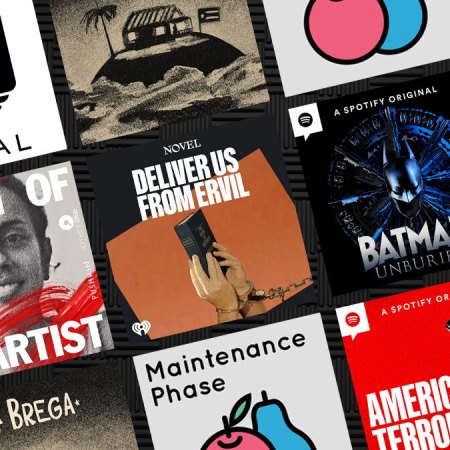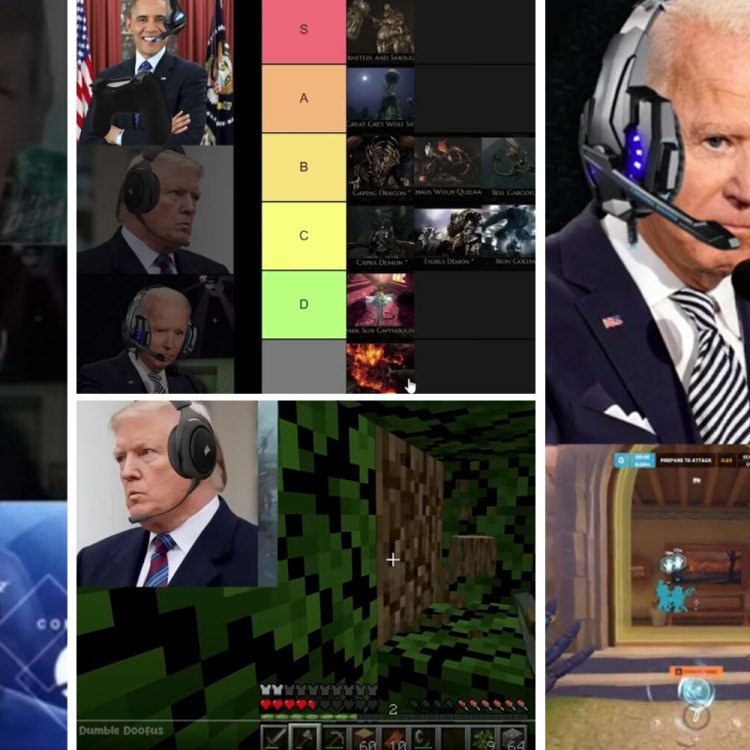When Toby Lawless describes being a producer on Spotify’s Batman Unburied podcast, he keeps coming back to one word you might not associate with a larger-than-life superhero: intimacy.
“90% of listeners are listening on headphones, and there is an intimacy there,” the Executive Producer of Wolf At The Door tells InsideHook. “You’re sort of having this singular experience that’s going directly into your body, there’s no buffer and you’re generally experiencing it alone.”
The latest theatrical adaptation of the comics, “The Batman” starring Robert Pattinson and Zoe Kravitz, has been heralded by critics and viewers alike. There are motorcycle chase sequences, sweeping shots of Gotham City, and Paul Dano singing Ave Maria while RPatz slams his fist against bullet proof glass. But Batman Unburied is a more subdued version of the classic story — and clearly one that worked: It unseated Joe Rogan’s podcast to take the #1 spot on the Spotify podcasting charts when it was released at the beginning of May, and has stayed on the charts every week since.
Taking the likes of Bruce Wayne off our large (and small) screens was no easy task, but it’s one that Batman Unburied was able to do with ease thanks to “audio-first” producers like Lawless. In Batman Unburied we come across a not-yet-Batman Bruce Wayne, voiced by Winston Duke, and other notable characters from the comics, including Barbara Gordon (Gina Rodriguez), and The Riddler (Hasan Minhaj) — as serial killer known as The Harvester works their way through Gotham.
Starting on the project was daunting in the best way, Lawless says. “Considering the magnitude of the property, Batman is such an iconic, historic property, and considering the number of people that were involved in making this all happen, it was a very successful partnership.”
Shifting something like Batman to an audio-only medium meant that the approach of the story looked different for everyone, including the actors. “Performers for film, or television or theater, they have more tools at their disposal,” Lawless tells InsideHook. “Whereas with audio, they really just have their voice. So sometimes they go, ‘Oh, I’m missing these other tools. So I have to over-emote.’ We talked a lot about how, with audio, the majority of performances are close up and personal.” The shift from screen to voice doesn’t just affect the actors; instead of the visual cues that an audience would have in a scene, it’s up to the sound itself to express what’s happening, and who’s where in a scene. “Everyone is always looking at what the picture looks like, that’s the first consideration for film and TV and theater. But here, the audio is the priority, that’s what’s so exciting about it for us.”
“When we do audio consulting on projects early in the process, when they’re still being written, we can kind of flag things from an audio perspective where we go ‘this won’t track,’” Lawless explains. “Like we know that anytime there’s more than three characters in a scene, you’ve got to look at that scene pretty closely. Who are these characters? Do they have similar sounding voices? Or is the audience going to be able to track who’s saying what? You have to have a certain degree of exposition in the writing, like ‘Put that gun down,’ you know, but you don’t want it to be so on the nose that it’s just cheesy. ”
“Everyone is always looking at what the picture looks like…But here, the audio is the priority, that’s what’s so exciting about it for us.”
In something as action-filled as a Batman story, the importance of that clarity was a top priority. “It’s something I think that we did really well in Batman. You pretty much know at any given point, what’s happening, you know who’s standing where, and who’s saying what.” Putting together an audio scene is a collaborative effort, he explains, a marriage between the writing, the sound design, and the performances.
Fictional drama audios are not a new form. In the 1940s, before the advent of television, radio dramas were a leading entertainment form internationally. One report from Insider Intelligence found that “by 2022, podcast listeners will account for 20.3% of all internet users…424.2 million listeners across the world.” The reason that scripted forms of audio have stuck around in one form or another, Lawless explains, is because of how we as listeners have to engage with the content. “This is not the same as sitting at home and watching Netflix,” he says, “you just have something going, and you’re not being asked to do a lot. But that’s not something you can really do while listening to audio, because we’re asking you to be proactive with your imagination.” Unlike other podcasts that can be background noise while we go about our daily lives, dramas like Batman Unburied make us pay attention.
The success of Batman Unburied proves to Lawless that that intimacy is what audiences have been searching for. “We believe our listeners are smart. This doesn’t need to be dumbed down, because it’s audio.” While the visuals turn to VR or 3D experiences, audio’s developed new technology to fully immerse listeners as well. “We can take those action sequences, and we can make it interesting. Things like Spatial Sound, which is very cool, especially with earbuds, to the point where you’ll be listening and sort of turn around because you think someone’s coming up behind you. The goal here is not to sort of blow you out of the water, but to immerse you, to connect in a way that is more personal than visuals.”
With Batman Unburied’s first season wrapped, the next step, Lawless believes, could be any number of things. “I think you can do anything in audio,” Lawless says. “I think that’s more of the message here, which is why wouldn’t it fit?” Lawless sees audio as a form that audiences will continue to seek out. “We think of progress as moving forward through audio, visual with no sound, to talkies with sound. Then oh, color. Then you start to step into 3D IMAX. Then oh, VR. That’s the common perception of the trajectory of the media.” But still, audio sticks around. “We’re saying, ‘Hey, this form of media that’s been around forever, really, since the beginning, is still relevant.’”
This article was featured in the InsideHook newsletter. Sign up now.






















